Hey there, flavor hunters and kitchen warriors! If you've ever found yourself staring at a shelf of spaghetti mixes, wondering which one will truly deliver that rich, comforting taste you crave — this article is for you.
Spaghetti mix might seem like a humble pantry staple, but behind its unassuming packaging lies a world of spice blends, seasoning profiles, and culinary potential waiting to be unleashed. Whether you're a seasoned home cook or a weekend warrior in the kitchen, choosing the right spaghetti mix can make all the difference between an average meal and a mouthwatering masterpiece.
Table of Contents
- Intro to Spaghetti Mixes & Why Spice Matters
- Top 5 Spaghetti Mixes You Need to Try (And What Makes Them Unique)
- Head-to-Head: Spaghetti Mix Comparison Table
- How to Use Spaghetti Mix Like a Pro: Tips & Tricks
- Buying Guide: How to Choose the Right Spaghetti Mix for You
- FAQ: All Your Spaghetti Mix Questions Answered
- Conclusion: Which Spaghetti Mix Wins the Flavor Crown?
Intro to Spaghetti Mixes & Why Spice Matters
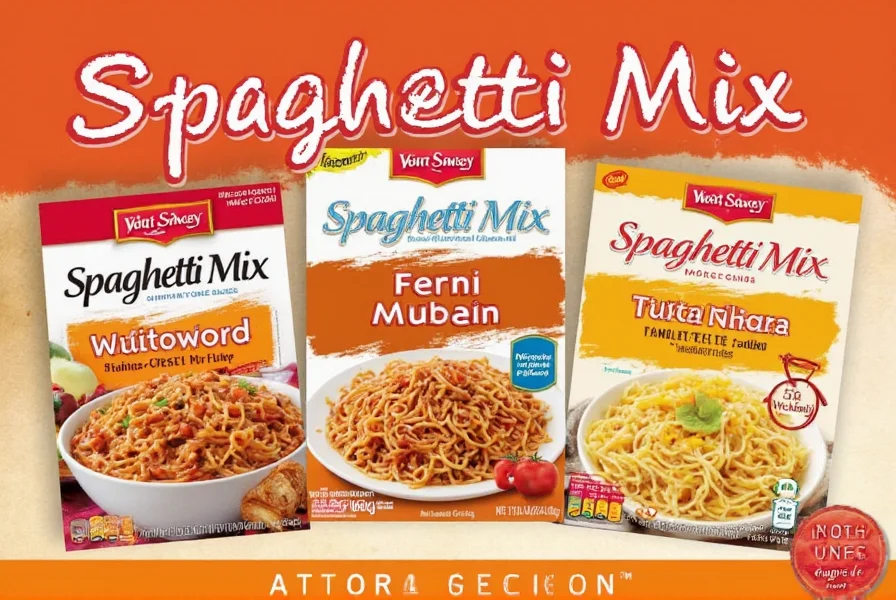
If you're new to the world of pre-made seasoning blends, spaghetti mix is basically your cheat code for making flavorful pasta sauces in record time. Most mixes contain a base of dried herbs like oregano, basil, garlic powder, onion flakes, and sometimes even chili flakes or paprika for heat and depth.
The real magic? The balance of these spices determines whether your sauce sings with Italian warmth or just falls flat like a sad, underseasoned jar of disappointment. That's why not all spaghetti mixes are created equal — and why it pays to know what's really inside each packet.
Top 5 Spaghetti Mixes You Need to Try (And What Makes Them Unique)
- Mrs. Dash Original Blend: A low-sodium option packed with aromatic herbs and no added salt. Great for health-conscious cooks who don't want to sacrifice flavor.
- McCormick Italian Seasoning Mix: Classic combo of basil, oregano, thyme, and garlic. Perfect for traditional red sauces and meaty Bolognese.
- Anthony's Organic Pasta Seasoning: USDA certified organic, with a clean label and earthy undertones. Ideal for plant-based and whole-food enthusiasts.
- Sazon Goya con Azafrán: Not technically a spaghetti mix, but brings bold color and warm Latin flavors. Adds a twist when used sparingly in fusion-style sauces.
- Spice Hunter Italian Herb Blend: Made with premium ingredients and complex layers of savory herbs. Best for gourmet dishes where every note counts.
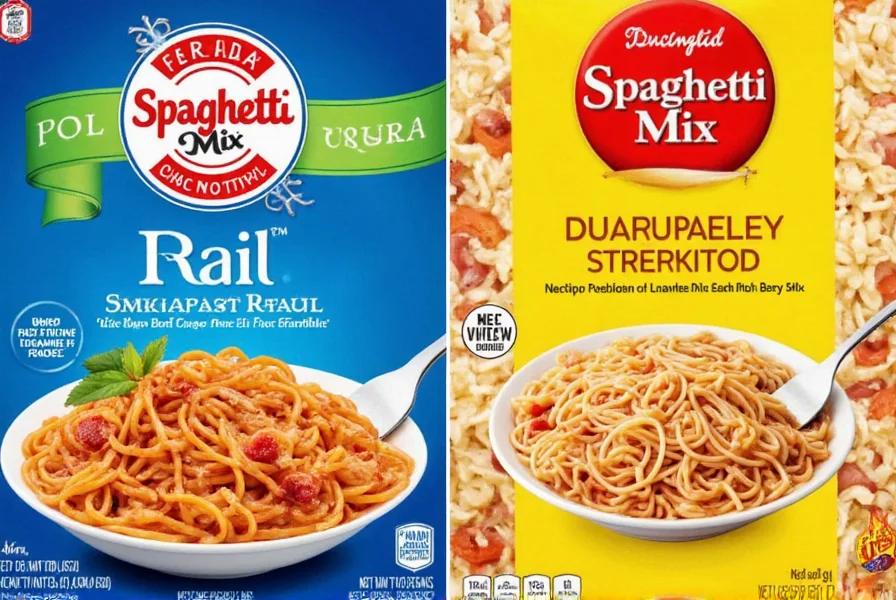
| Mix Name | Main Ingredients | Salt-Free? | Organic? | Best For |
|---|---|---|---|---|
| Mrs. Dash Original Blend | Oregano, garlic, onion, celery seed, turmeric | ✅ Yes | ❌ No | Low sodium meals, classic red sauce |
| McCormick Italian Seasoning Mix | Basil, oregano, thyme, garlic, fennel | ❌ No | ❌ No | Traditional Italian cooking |
| Anthony's Organic Pasta Seasoning | Organic oregano, basil, garlic, black pepper | ✅ Yes | ✅ Yes | Health-focused dishes, vegan pasta |
| Sazon Goya con Azafrán | Annatto, coriander, garlic, saffron | ❌ No | ❌ No | Fusion sauces, Spanish-inspired pastas |
| Spice Hunter Italian Herb Blend | Thyme, rosemary, marjoram, oregano | ❌ No | ✅ Yes | High-end dishes, slow-simmered sauces |
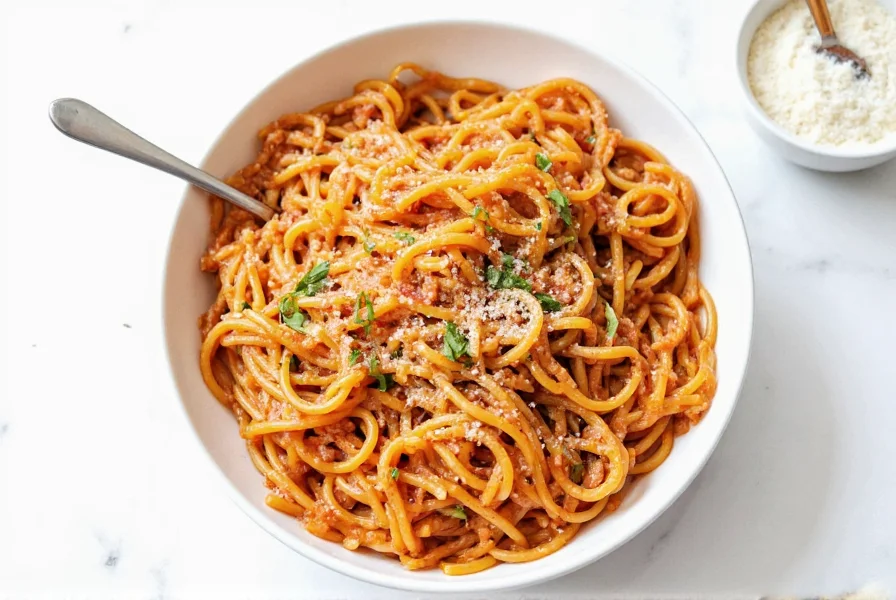
How to Use Spaghetti Mix Like a Pro: Tips & Tricks
You might think you're just sprinkling some herbs into tomato sauce, but using spaghetti mix well requires a bit more finesse. Here's how to get the most out of your blend:
- Taste Before Adding Salt: Many mixes already contain salt, so resist the urge to grab the shaker until after your first stir.
- Toast It First: For deeper flavor, toast your spaghetti mix in a little olive oil before adding liquid. This unlocks hidden aromatics.
- Layer With Fresh Herbs: Mix dried with fresh basil or parsley at the end for a burst of bright flavor.
- Use Beyond Pasta: These mixes are great in soups, roasted veggies, or even rubbed onto chicken for quick Italian flair.
- Adjust Heat Level: Add crushed red pepper flakes or smoked paprika if you want to give your dish a kick.
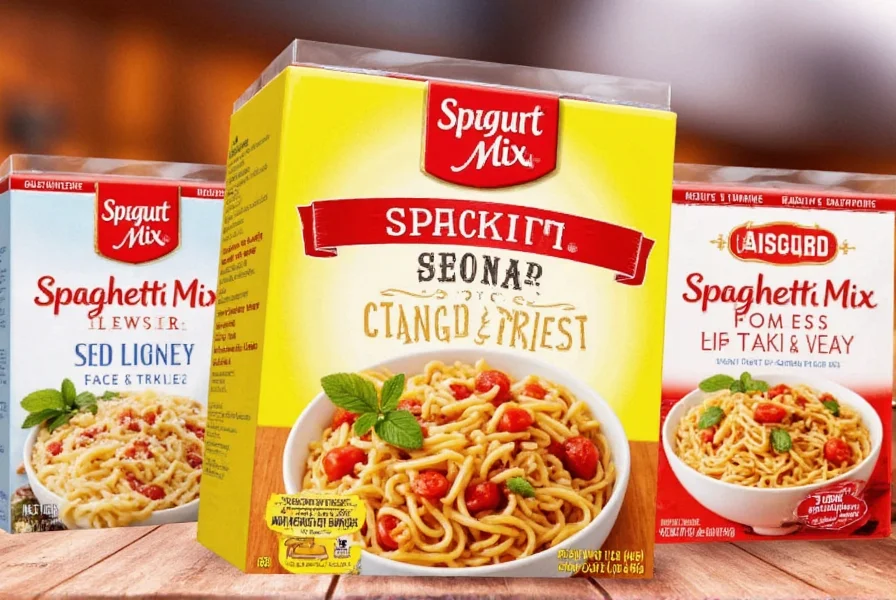
Buying Guide: How to Choose the Right Spaghetti Mix for You
Picking the perfect spaghetti mix isn't about picking the fanciest bottle on the shelf — it's about knowing your preferences, cooking style, and dietary needs. Here's a breakdown of key factors to consider:
Flavor Profile
- Classic Italian: Look for basil, oregano, garlic, and thyme.
- Spicy: Should include chili flakes, cayenne, or smoked paprika.
- Earthy: Rosemary, marjoram, and sage lend rustic depth.
- Modern Twist: Some blends add lemon zest, mint, or even cardamom for innovation.
Dietary Considerations
- Low Sodium: Check labels — Mrs. Dash and Anthony's offer excellent options.
- Vegan: Most are vegan-friendly, but always confirm (especially if they include cheese powders).
- Gluten Free: Most dry herb blends are naturally gluten-free unless cross-contaminated.
- Organic: Brands like Anthony's and The Spice Hunter have certified organic versions.
Price vs. Quality
- Budget Blends: McCormick and Lawry's offer solid everyday mixes at affordable prices.
- Premium Options: The Spice Hunter, Badia, or Simply Organic for higher quality ingredients and richer flavors.
- DIY Option: Make your own mix with equal parts basil, oregano, garlic powder, and thyme for full control over flavor and cost.
Storage and Shelf Life
Proper storage is key to keeping your spaghetti mix tasting fresh. Store in a cool, dark place in an airtight container. Most dried herb mixes last up to two years, though potency may decrease over time.
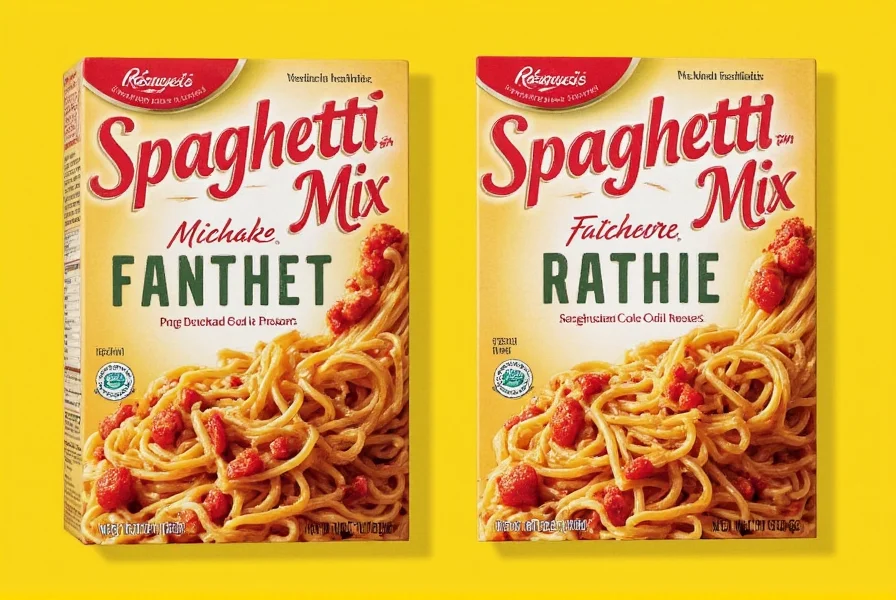
FAQ: All Your Spaghetti Mix Questions Answered
How can I boost the flavor of my spaghetti sauce using spaghetti mix?
One of the best ways is to toast your spaghetti mix in olive oil before adding liquids. This technique unlocks the essential oils in the herbs and creates a deeper, more complex flavor base for your sauce. It's one of our top tips for taking your pasta from ordinary to extraordinary.
Can I use spaghetti mix as a substitute for Italian seasoning to improve my cooking skills?
Absolutely! In fact, many spaghetti mixes are just Italian seasoning repackaged. Using pre-made mixes can help beginners understand flavor profiles while they develop their cooking skills. Just check the ingredient list to ensure it includes the herbs you're aiming for, and don't be afraid to adjust with additional spices as you gain confidence.
Is spaghetti mix spicy, and how can I adjust the heat level to my preference?
Not necessarily. While some brands include a hint of heat, most are balanced and mild. This actually gives you an opportunity to boost your cooking skills by learning to adjust heat levels. Our tip: Start with the recommended amount, taste, then add crushed red pepper flakes gradually until you reach your desired spice level. This teaches you palate development and control.
Can I use spaghetti mix without tomato sauce to expand my culinary repertoire?
Of course! This is a great way to build your cooking skills. Try it as a rub for grilled meats, a sprinkle over roasted vegetables, or even mixed into breadcrumbs for Italian-seasoned coatings. Using spaghetti mix beyond traditional pasta dishes helps you understand flavor transfer and builds versatility in the kitchen.
How does combining spaghetti mix with fresh herbs improve both flavor and cooking technique?
Layering dried spaghetti mix with fresh herbs at the end of cooking creates a flavor dimension that's greater than the sum of its parts. This technique teaches you about flavor timing - dried herbs need time to rehydrate and release flavors, while fresh herbs provide bright top notes. It's a professional chef technique that's easy to implement at home and dramatically boosts your sauce's complexity.
How much spaghetti mix should I use per serving for optimal flavor development?
A general rule is 1-2 tablespoons per serving, but the real skill is learning to adjust based on your specific mix and preferences. Our tip: Start with less than you think you need, let the sauce simmer to allow flavors to develop, then adjust. This teaches patience and develops your ability to balance flavors - essential cooking skills that will serve you well beyond just making spaghetti.
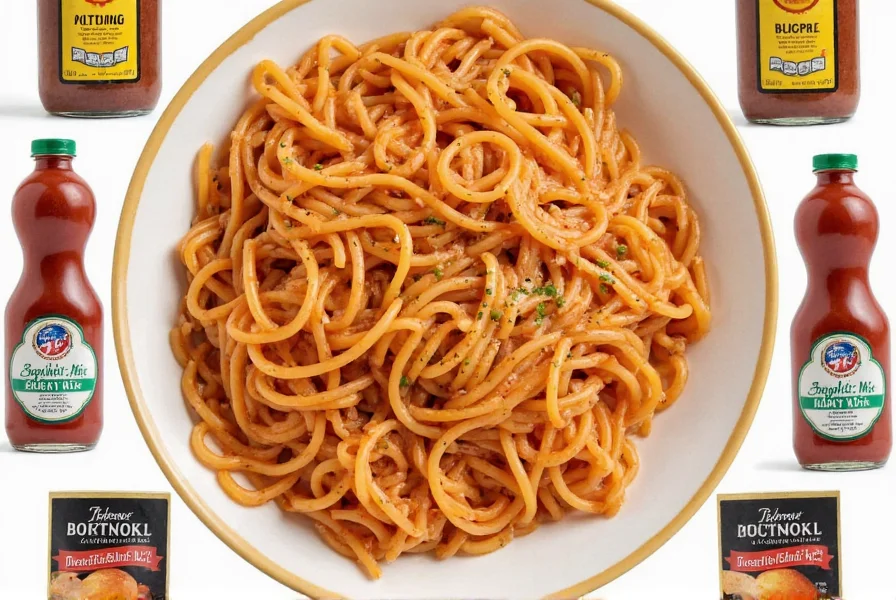
Conclusion: Which Spaghetti Mix Wins the Flavor Crown?
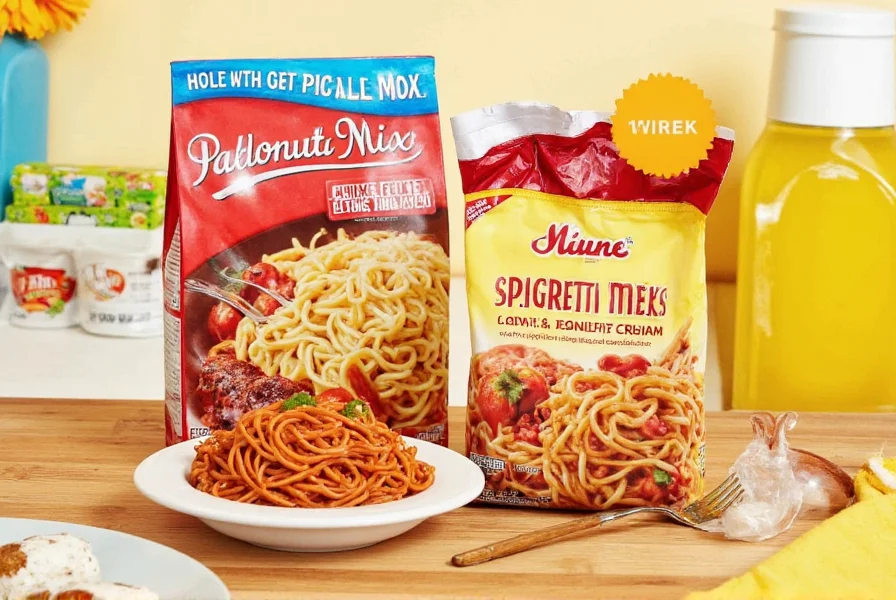
In the battle of the blends, there's no single winner — it really comes down to personal taste, dietary needs, and cooking style. However, if we had to crown one champion...
The Spice Hunter Italian Herb Blend earns our top pick for its premium quality, complex layering of herbs, and ability to elevate any dish from basic to gourmet. It's the kind of mix that makes your kitchen smell like a cozy trattoria tucked away in Tuscany.
Whether you're a minimalist looking for a simple blend or a culinary artist wanting something layered and luxurious, there's a spaghetti mix out there for you. Don't be afraid to experiment — after all, the best spaghetti mix is the one that makes your dinner table feel like Sunday supper every night.

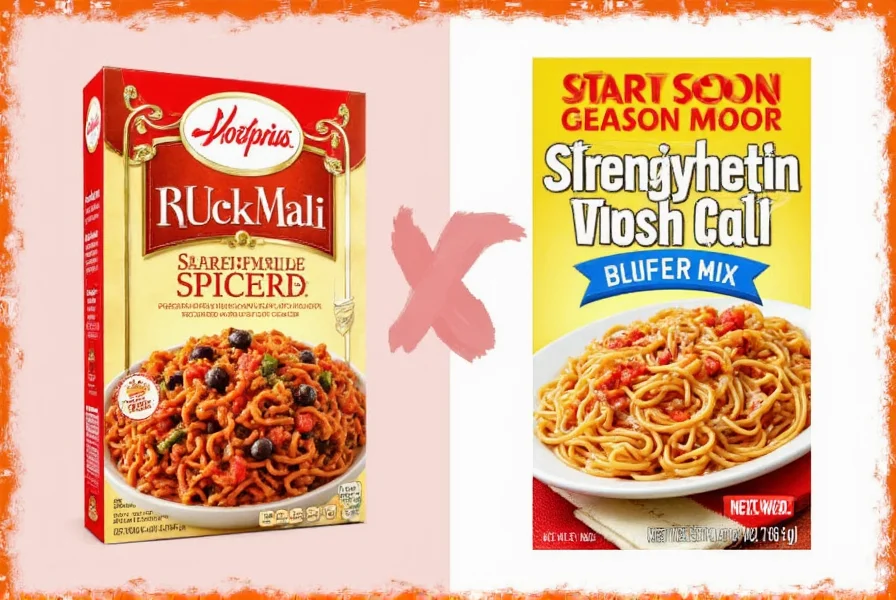









 浙公网安备
33010002000092号
浙公网安备
33010002000092号 浙B2-20120091-4
浙B2-20120091-4